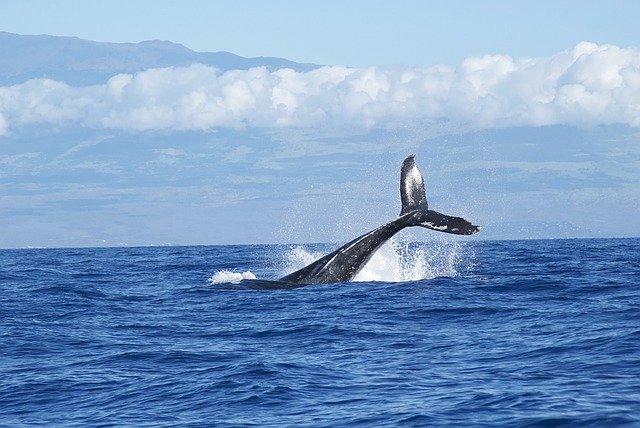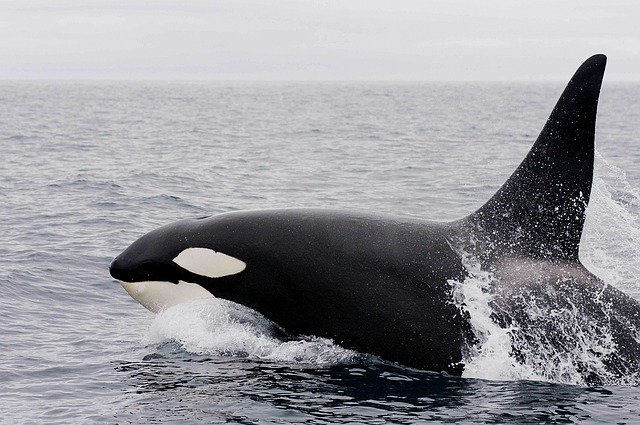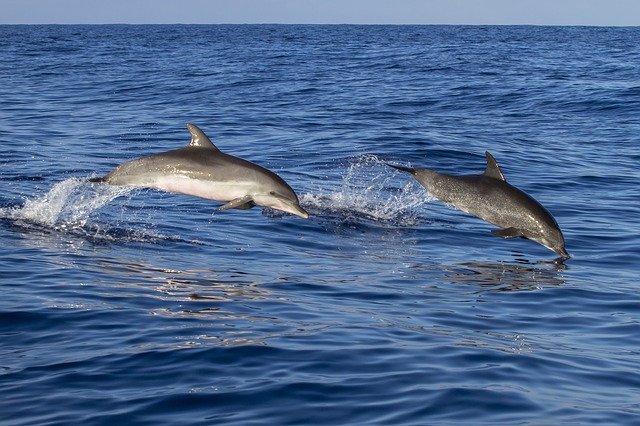The Best Whale Watching
The archipelago of the Azores islands is today considered one of the most important whale sanctuaries in the world. Whale watching in the Azores gives you the chance of seeing over 24 species, including resident and migratory species: over a third of all the species existing in the world.

Cetaceans can be observed throughout the year, given their large number in the archipelago: in addition to the resident colonies, such as those of common dolphins and bottlenose dolphins in the company of which it is possible to swim, there are whales that pass to the Azores along their migration route. Spotted dolphins are more frequent in summer, the blue whale is easily spotted towards the end of winter. Sperm whales, northern whales, and whales with baleen are more frequent in summer. During the outings the sighting percentage is close to 98%. Among all the sightable species we mention the main ones: the sperm whale (Physeter macrocephalus), the blue whale (Balaenoptera musculus), the common whale (Balaenoptera physalus), the northern whale (Balaenoptera borealis), the lesser whale (Balaenoptera acutorostrata), the humpback whale (Megaptera novaeangliae), Common dolphin (Delphinus delphis), Bottlenose dolphin (Tursiops truncatus), Atlantic spotted dolphin (Stenella frontalis), Striated dolphin (Stenella coeruleoalba), Gray pilot whale (Globicephala macrorhynchus), griseus), the Orca (Orcinus orca).

Rare Cetaceans
In the summer it is possible to meet some of the lesser known and rare cetaceans such as the mysterious Zifidi, with only two teeth in the lower jaw (often only in the male of the species). Among the Zifidi, which dive at great depths such as the Sperm Whale, we point out the Northern Hyperodon (up to 9 meters long!), The Mesoplodon of Sowerby and the Zifio.
Cetaceans are protected species and it is precisely for this reason that exits to the sea for their observation follow strict rules: no more than three boats on the observation sites, silence, respect: you must navigate parallel to the cetaceans, at a constant speed and more 50 meters away (100 meters if there are small ones) and the observation period cannot exceed 30 minutes.

Whale Hunting Museums
In the past, the Azores islands were one of the most important hunting grounds for these majestic marine animals. With the definitive abandonment of hunting in 1984, the blue archipelago has been able to convert into one of the most incredible places for whale watching and naturalistic observation of these unique and magnificent sea giants.
There are still many, and extremely interesting whaling museums, interpretation centers and whale watching points: small exciting places full of history.On each island it is possible to find operators in the sector to organize an exit to the sea for whale watching. You can consult the list on the official tourism website of the Azores islands








